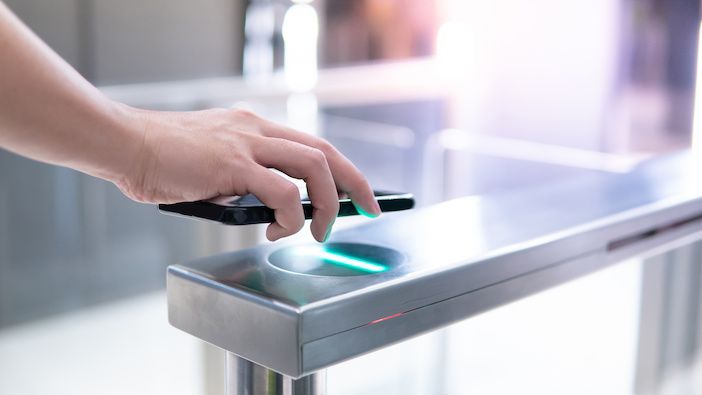 Dave Rayner (pictured), director of service solutions at Cubic Transportation Systems, looks at trends in traveler information and payment platforms that are creating seamless, contact-free systems that public transport providers need in order to tempt riders back onto networks, post pandemic
Dave Rayner (pictured), director of service solutions at Cubic Transportation Systems, looks at trends in traveler information and payment platforms that are creating seamless, contact-free systems that public transport providers need in order to tempt riders back onto networks, post pandemic
Some 18 months on from the ending of Covid-19 restrictions in the UK and the transportation industry remains seriously impacted by those unprecedented events, with passenger numbers around 20-30% lower than pre-pandemic levels.
Despite these huge challenges, resilient operators remained engaged with their customers throughout, with many coming out the other side of the crisis more aligned with passenger expectations and determined to deliver continual improvement to customer experience.
It’s now important to look ahead to the future fully focused on the undoubted value of a customer-centric approach. In 2023 and beyond, for instance, many transport providers are focused on enhancing their customer, technology, financial and asset management services to align them with the primary goal of customer engagement and equity.
For example, the industry is rethinking transit services in terms of the wider use of automated technology, while further advances in the mobile-first approach with apps supported by sophisticated proactive AI-driven chatbots will also enhance the customer experience.
In practical terms, passengers the world over will also see the rollout of apps that sympathetically support natural behaviour, such as those that alert people with important and relevant information as they make their way towards a station, for instance. This will include actionable advice such as reminding them to top up their account before they arrive at their embarkation point or informing them that a lift is out of service, while also recommending an alternate stair-free route. In reality, the options for connecting more effectively with customers are almost endless.

Opening the door to open payment
In 2023, passengers will also notice a continued shift towards open payment systems, whereby different payment networks and financial institutions are more effectively interconnected. This not only allows for the easy transfer of funds between different systems but also enables customers to use a wide range of payment methods, including credit and debit cards, digital wallets and other forms of electronic payments
There is a range of drivers behind these important customer-focused developments, not least because as currencies become increasingly decentralised, it is cheaper, more transparent and reliable to pay for transit using these technologies. Over time, having an open payment ecosystem is also likely to positively shift the accessibility of transit systems everywhere, as well as bringing services to millions of people in developing nations, particularly those who don’t have access to traditional banking networks.
This changing payment landscape, driven by the rise of real-time payments and digital interbank schemes, will provide new opportunities for digital economies as well as for those agencies that, despite years of underinvestment, now have the opportunity to bypass payment technologies that have been dominating for the past 15 years plus.
In addition, new forms of mobility service payment capable of bridging the gaps between mobility services providers, public and private, will be increasingly trusted by consumers, and mobility service providers will gain market share. As a result, traditional ticket reselling business models and disjointed traveler/payment customer experiences will feel even more outdated than they did last year.

Meeting customer expectations
Ultimately, no matter the transportation mode of choice, citizens everywhere expect a service interaction that is easy, modern and fast. Adding lifestyle choices as part of the journey experience and using technology to ease the adoption of choice enriches the customer experience and drives engagement. In practical terms, delivering the necessary technology infrastructure depends on the use of effective collaboration platforms, particularly those that also introduce automation into existing operating systems. Among a wide variety of benefits this delivers is these advanced technologies will help deliver a timely resolution to complex technical problems that span a range of specialist service areas.
Ideally, these solutions should be developed to cater to each agency’s unique service needs so that riding, paying, fixing and getting help is as easy for riders as tapping, swiping and texting. As a result, this creative digital innovation is helping to introduce the greatest public transit user experience revolution in decades and represents a huge opportunity for service providers and their customers alike.
Collectively, these tech-led innovations will help to further promote the development of Mobility-as-a-Service (MaaS) platforms, whereby customers can access various modes of transportation, such as cars, buses, and trains, through a single platform or app. This represents very real progress towards achieving the goal of frictionless travel and will enable the industry to deliver a modern, secure and efficient system, ensuring that 2023 will be the year of the connected, secure (and satisfied) consumer.





